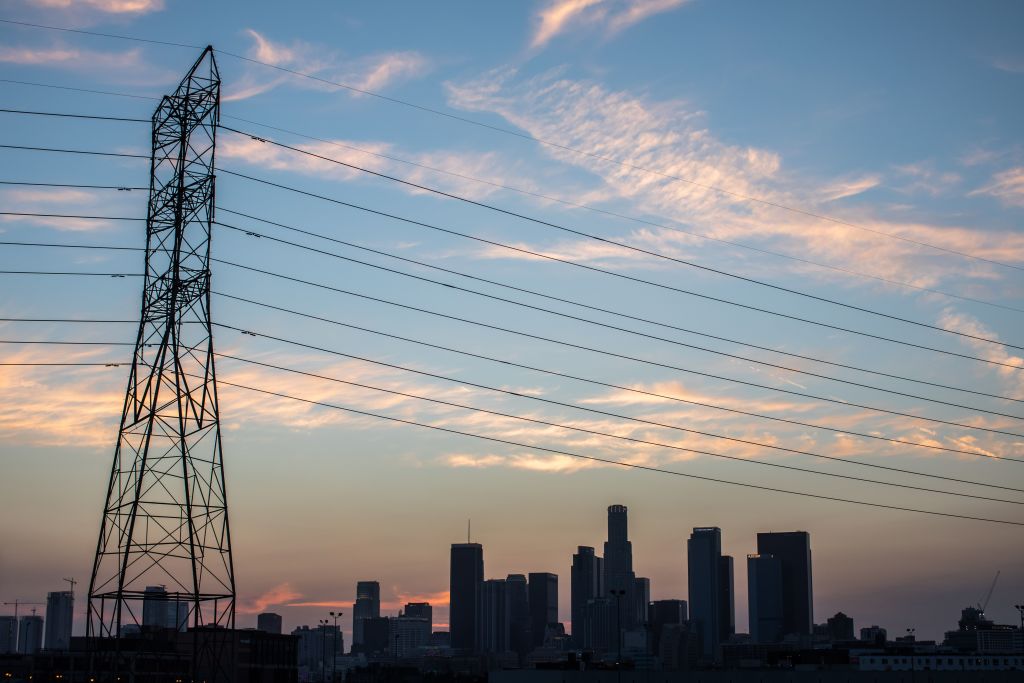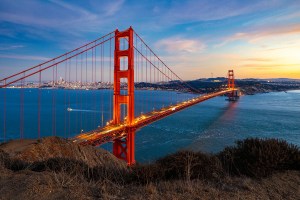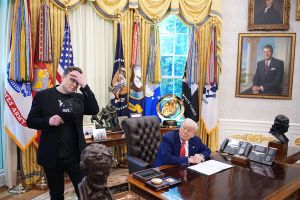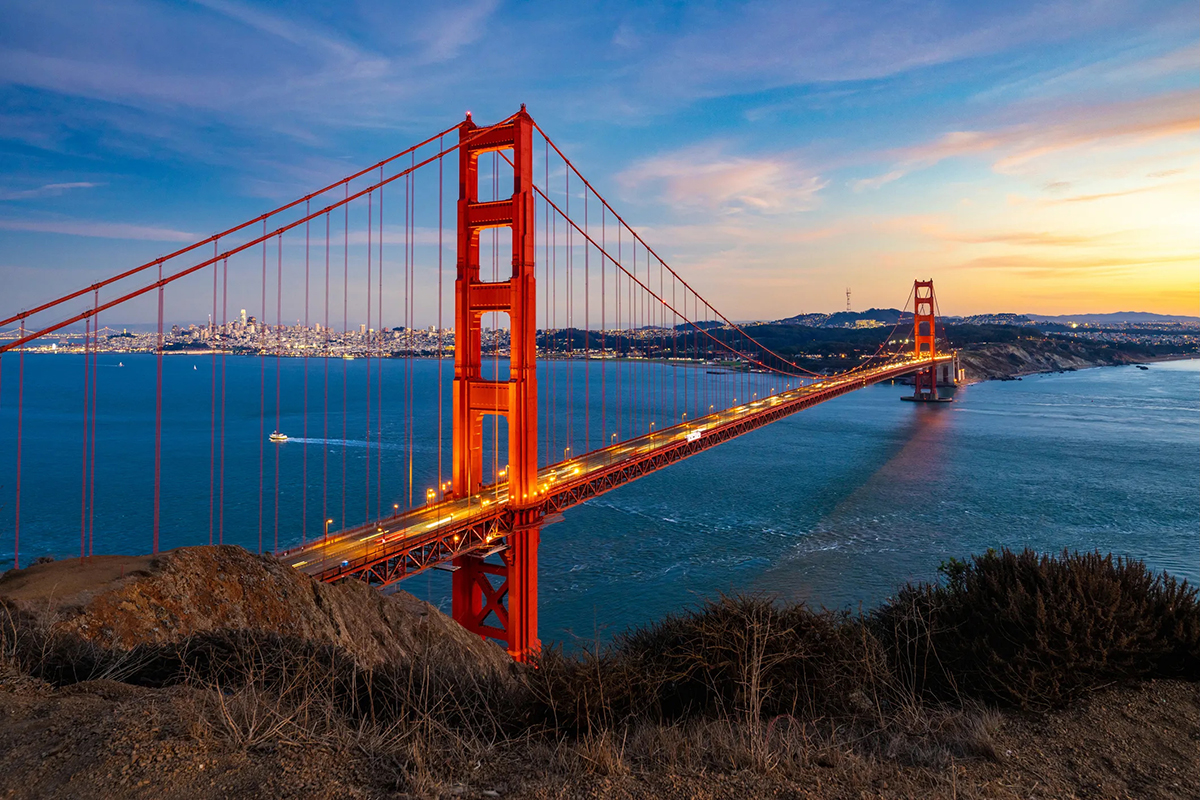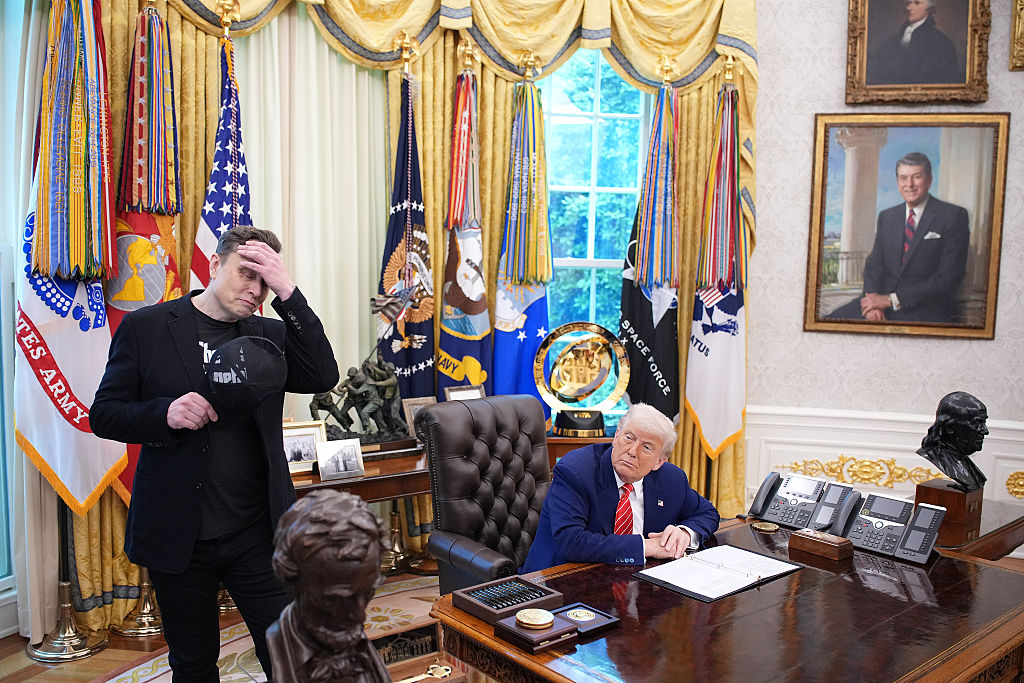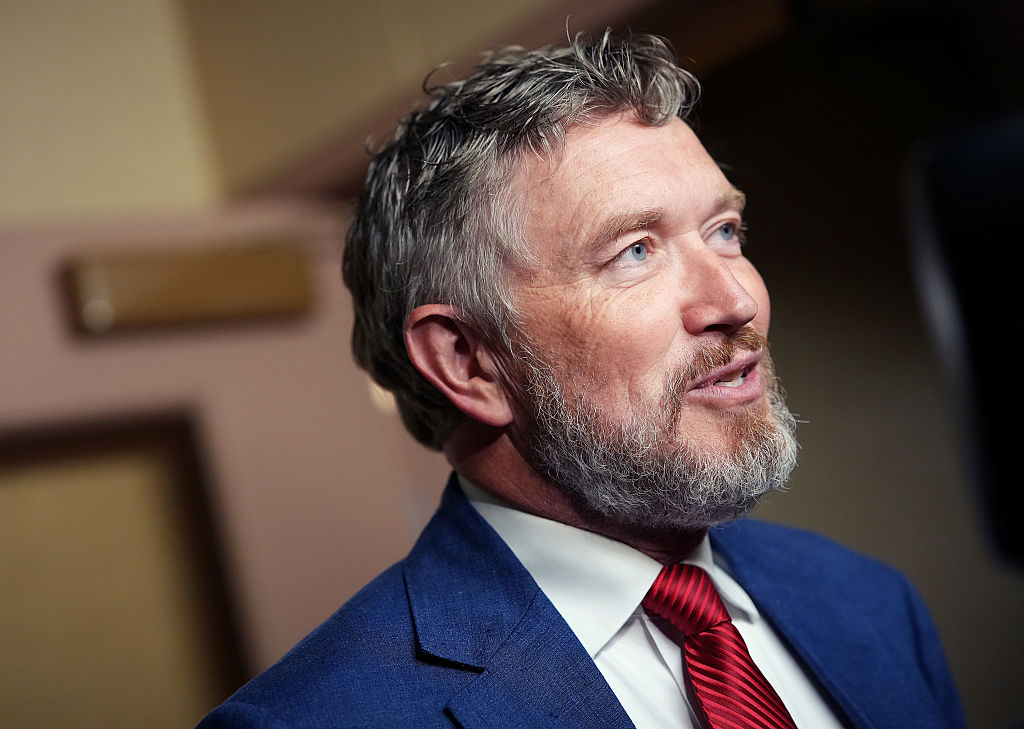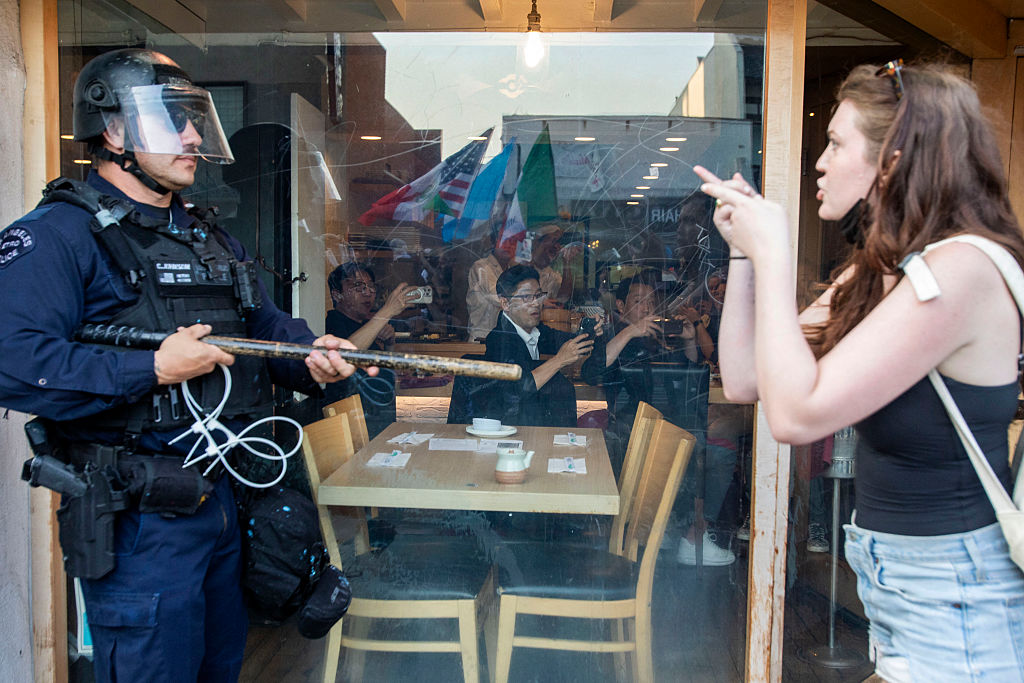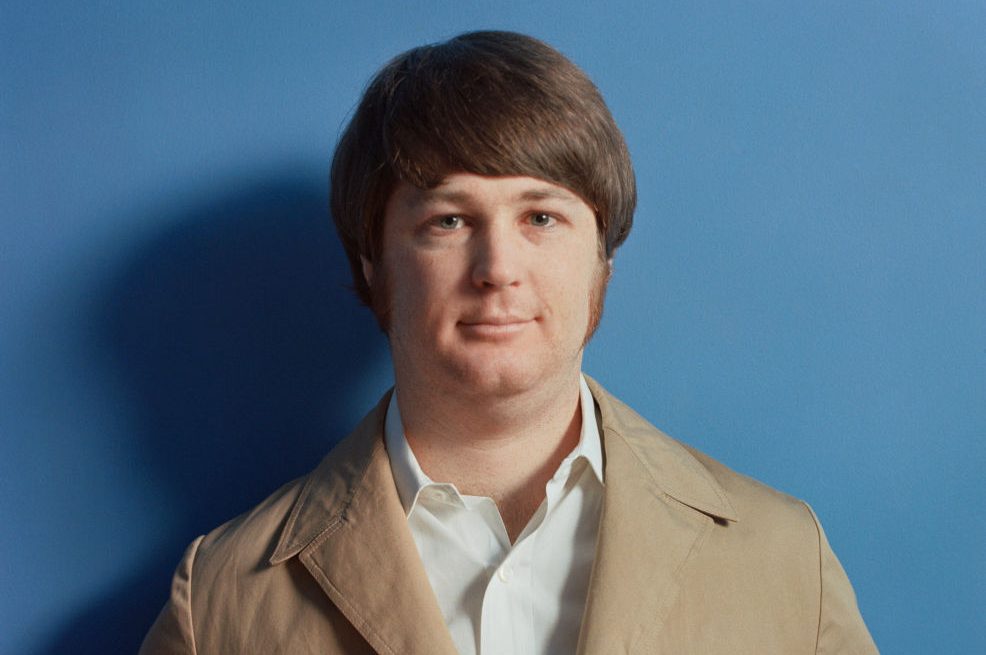California has gone full pagan — it lives and dies by the weather. Over the last few days, the state’s power grid has groaned under the strain of a massive heatwave. Combine that with a hydropower-sapping drought and you’ve got a recipe for blackouts.
While major weather events pose challenges for any electricity system, California’s has become uniquely vulnerable to blackouts thanks to an over-investment in weather-dependent wind and solar. Every night during the heatwave, solar experiences its scheduled defeat at the hands of sunset and Californians are left praying for the wind to blow and and the imports to flow.
CAISO, California’s grid operator, has squeaked by with Demand Response Events and “flex alerts” between 4 and 9 pm — begging consumers to shut off their AC even though the mercury has popped above 100 degrees. CAISO has even had to ask Californians, whose state government expects to phase out gas-powered cars by 2035, to quit charging their electric vehicles.
Given that their green policies led to this impasse, how fare the Golden State’s emissions? Not good. Natural gas has borne the state up throughout this crisis, often making up for more than half of the energy supply. Diesel-powered back-up has been on the rise in the state. Generac, one of the largest generator companies in America, considers California (and Texas) prized sales territory. Why? Because the “[i]ncreasing use of renewables [is] leading to variability of supply and grid instability.” “The total diesel capacity in California is now big enough to power 15 percent of the state’s electric grid, which has about an 80-GW capacity,” California Energy Markets reported last year. That’s about 24 times the size of the state’s battery fleet.
Even worse, California’s clean electricity generation has actually declined 10 percent over the last decade due to “less hydroelectricity from drought, and the 2011 closure of San Onofre nuclear plant, which was 9% of the state’s total electricity generation,” writes Michael Shellenberger. The Golden State is reaping what it sowed: the whirlwind. Its energy policies do not match its reality.
But does California see it this way? Signs indicate it does not. The state is doubling down. Siva Gunda, the vice chair of the California Energy Commission, told the Washington Post, “We understand we cannot have the lights go off, but the fear of these questions being brought up is not a reason to slow down from what we know is morally and societally what we need to do.” Who cares what happens to mothers and children when the lights go out? California’s got the world to save. Governor Gavin Newsom insists that climate, not the energy transition, is to blame for California’s ailing grid.
That would be news to the North American Reliability Corp., which, in a recent presentation, found that “recent extreme events shows [America’s] resource mix is increasingly characterized as one that is sensitive to extreme, widespread, and long duration temperatures as well as wind and solar droughts.” NERC’s report on the state of the American grid singled out California as vulnerable to blackouts.
Energy Secretary Jennifer Granholm was right when she said California should take a second look at nuclear power. It’s the only source that can deliver the clean energy it needs to hit its goals without triggering blackouts. Of course, the Natural Resources Defense Council and its green allies fought to impose the state’s nuclear moratorium just like they worked with Enron to restructure the electricity market to privilege wind, solar, and natural gas. As Oscar Wilde once said, “There are two tragedies in life: not getting what you want, and getting it.”



